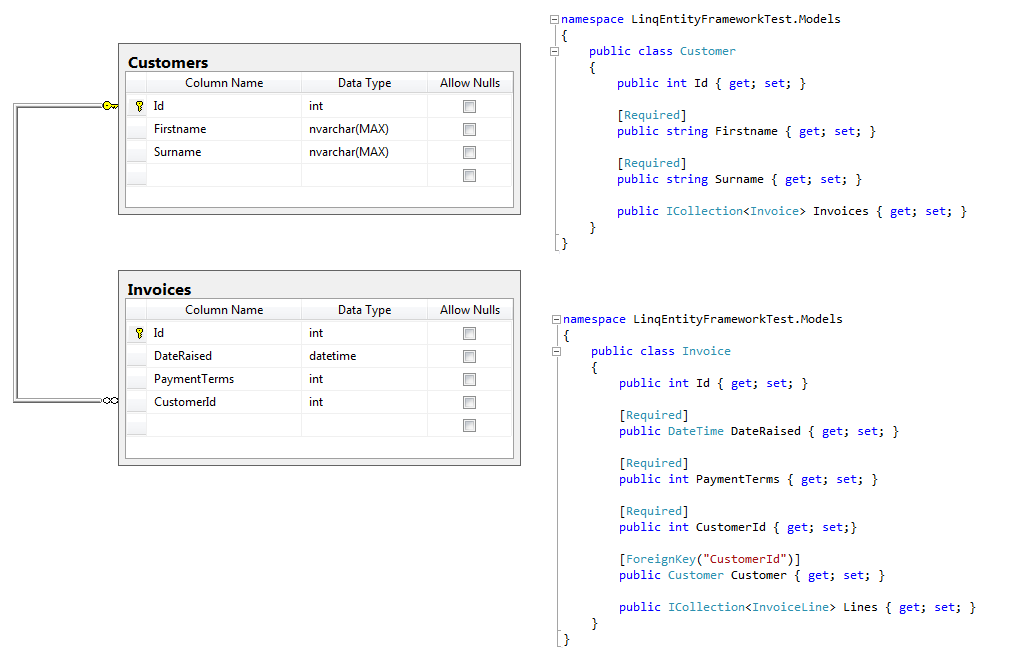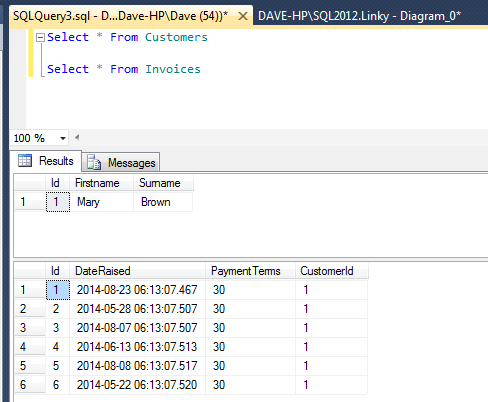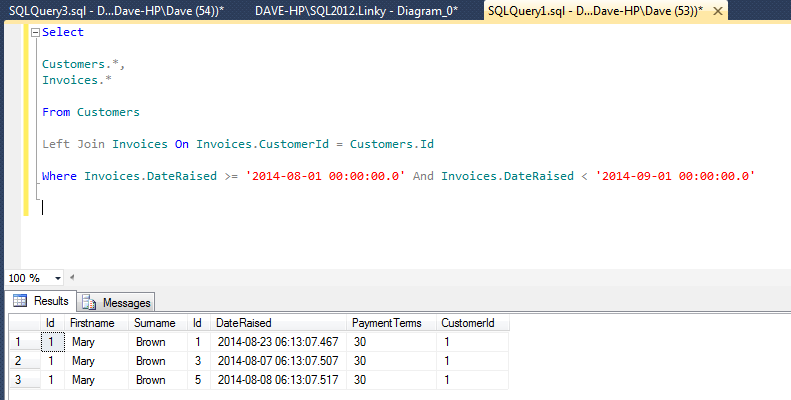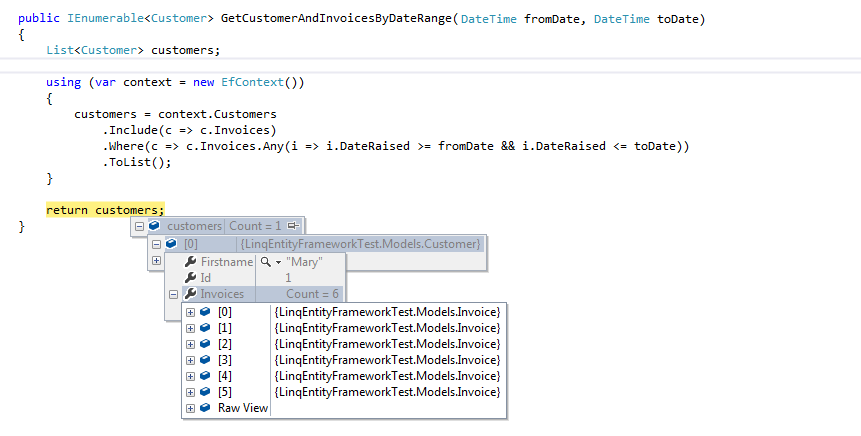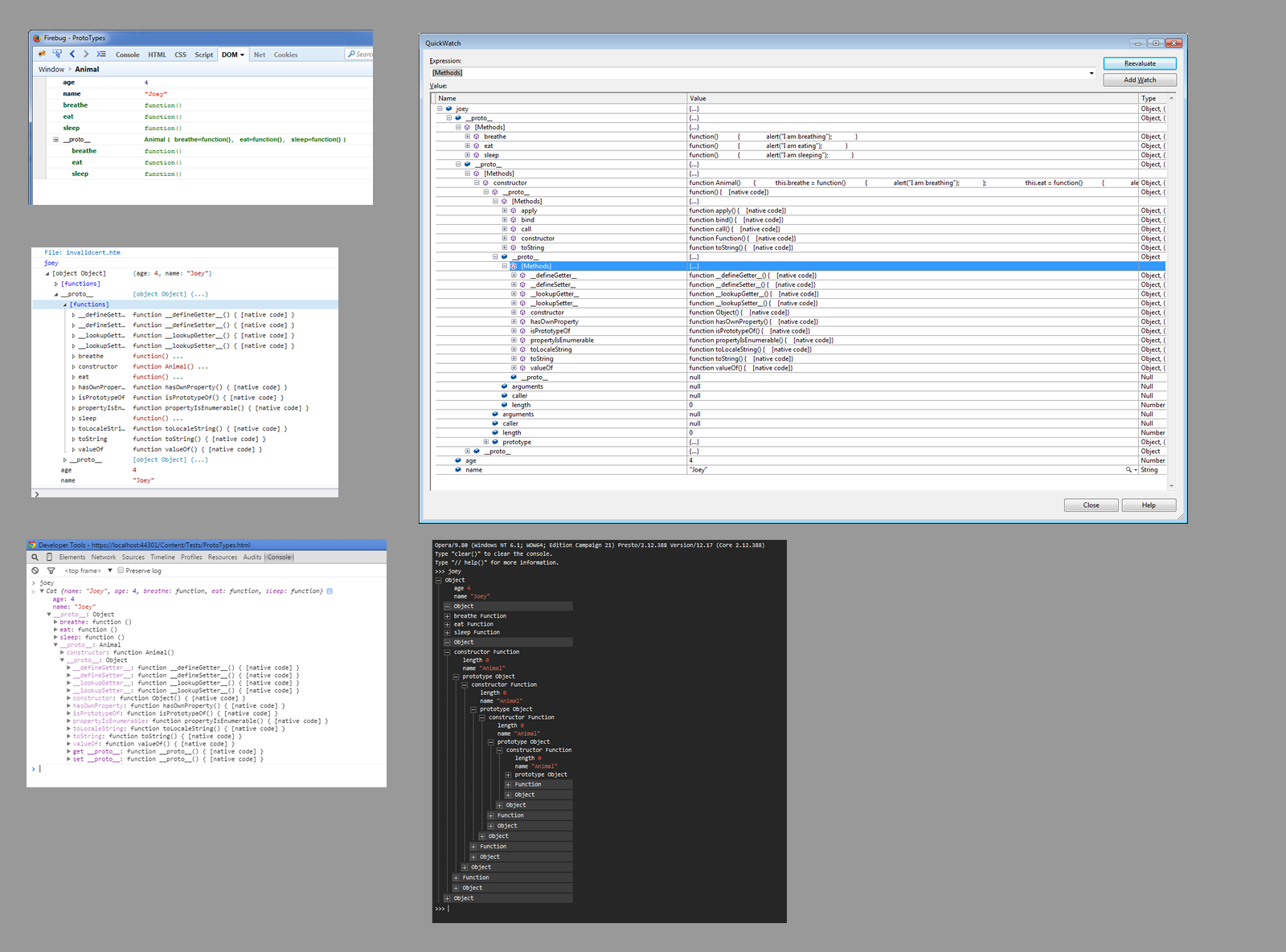You can set this in your web.config eg:
<system.web>
<customErrors mode="Off" ></customErrors>
<compilation debug="true" targetFramework="4.5" ></compilation>
<httpRuntime targetFramework="4.5" ></httpRuntime>
<authentication mode="Forms">
<forms loginUrl="~/Account/Login" timeout="2880" ></forms>
</authentication>
<pages>
<namespaces>
<add namespace="System.Web.Helpers" ></add>
<add namespace="System.Web.Mvc" ></add>
<add namespace="System.Web.Mvc.Ajax" ></add>
<add namespace="System.Web.Mvc.Html" ></add>
<add namespace="System.Web.Optimization" ></add>
<add namespace="System.Web.Routing" ></add>
<add namespace="System.Web.WebPages" ></add>
</namespaces>
</pages>
</system.web>
